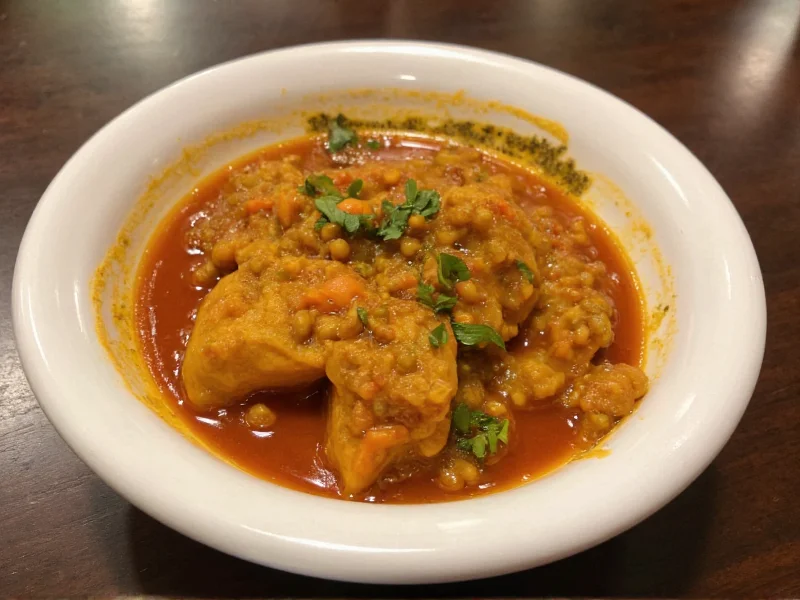Creating the perfect red lentil curry balances authentic flavors with practical home cooking. Unlike traditional curries that require hours of preparation, this version harnesses the quick-cooking nature of red lentils while delivering complex spice profiles. The magic happens when toasted spices bloom in coconut oil, transforming simple ingredients into a restaurant-quality meal that satisfies both health-conscious eaters and flavor seekers.
The Essential Red Lentil Curry Formula
What makes red lentil curry stand out from other legume dishes? Red lentils (masoor dal) naturally break down during cooking, creating a creamy texture without dairy. This unique quality eliminates the need for blending or additional thickeners. When combined with the "holy trinity" of curry spices—cumin, coriander, and turmeric—the result is a nutritionally complete meal rich in plant-based protein, fiber, and essential minerals.
Step-by-Step Perfect Red Lentil Curry
Ingredients for Authentic Flavor
- 1 cup (200g) dried red lentils, rinsed
- 1 can (13.5oz) full-fat coconut milk
- 1 large onion, finely diced
- 3 garlic cloves, minced
- 1 tbsp fresh ginger, grated
- 2 tbsp coconut oil
- 1.5 tsp ground cumin
- 1.5 tsp ground coriander
- 1 tsp turmeric powder
- 0.5 tsp cayenne pepper (adjust to taste)
- 1 can (14oz) diced tomatoes
- 2 cups vegetable broth
- 2 cups fresh spinach
- Juice of 1 lime
- Salt to taste
Cooking Process: Building Flavor Layers
Start by heating coconut oil in a heavy-bottomed pot over medium heat. Add onions and sauté until translucent (5 minutes). Stir in garlic and ginger, cooking until fragrant (1 minute). This critical step develops the flavor foundation—don't rush it. Next, add all dry spices and toast for 30 seconds until aromatic, which activates their essential oils.
Pour in rinsed lentils, coconut milk, tomatoes, and broth. Bring to a gentle simmer, then reduce heat to low. Cover and cook for 20-25 minutes until lentils are tender but not mushy. Stir in spinach and lime juice just before serving. The acid from lime brightens the rich flavors and enhances nutrient absorption.
| Cooking Stage | Key Technique | Common Mistake to Avoid |
|---|---|---|
| Spice Toasting | 30 seconds in hot oil | Burning spices (reduces flavor) |
| Lentil Simmering | Gentle bubble, not rolling boil | Overcooking (makes mushy texture) |
| Final Seasoning | Add acid last (lime juice) | Adding lime too early (loses brightness) |
Proven Variations for Different Diets
Adapt this versatile red lentil curry recipe to suit various dietary needs without compromising flavor:
- Vegan creaminess: Replace coconut milk with cashew cream (soak 1 cup cashews overnight, blend with 1 cup water)
- Lower calorie version: Use light coconut milk and increase vegetable content with diced eggplant or zucchini
- Extra protein boost











 浙公网安备
33010002000092号
浙公网安备
33010002000092号 浙B2-20120091-4
浙B2-20120091-4